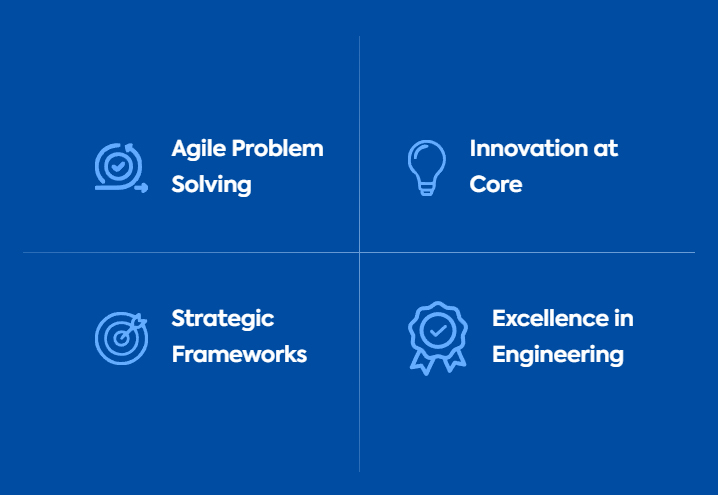In today’s data-driven world, businesses are constantly faced with the need to migrate data from one system to another. Whether it’s upgrading to a new software platform, consolidating data from multiple sources, or transitioning to a cloud-based infrastructure, data migration plays a crucial role in driving innovation and facilitating growth. However, the process of data migration can be complex and fraught with challenges. In this blog post, we’ll explore the best practices and considerations for successfully navigating the waters of data migration.
- Understand Your Data: Before embarking on a data migration project, it’s essential to gain a deep understanding of the data you’re working with. This includes identifying the type, volume, and complexity of the data, as well as understanding its relationships and dependencies. Conducting a thorough data assessment and profiling exercise can help uncover potential challenges and inform your migration strategy. Additionally, it’s important to identify any regulatory or compliance requirements governing the handling and storage of data, as these may impact your migration approach.
- Develop a Comprehensive Migration Plan: A successful data migration project begins with a comprehensive migration plan that outlines the objectives, scope, timeline, and resources required for the migration process. This plan should include detailed steps for extracting, transforming, and loading data from the source system to the target system, as well as contingency plans for mitigating risks and addressing potential challenges. Collaborating with stakeholders from across the organization, including IT, data management, and business units, can help ensure alignment and buy-in for the migration plan.
- Choose the Right Tools and Technologies: Selecting the right tools and technologies is critical for ensuring a smooth and efficient data migration process. Depending on the complexity of your migration requirements, you may need a combination of tools for data extraction, transformation, and loading (ETL), as well as data quality and validation. Consider factors such as scalability, compatibility, and ease of use when evaluating potential solutions. Additionally, leveraging automation and scripting tools can help streamline repetitive tasks and reduce the risk of errors during the migration process.
- Ensure Data Quality and Integrity: Maintaining data quality and integrity is paramount throughout the data migration process. Poor data quality can lead to inaccuracies, inconsistencies, and data loss, undermining the effectiveness of the migration and impacting business operations. Implementing data validation and cleansing procedures can help identify and address data quality issues before, during, and after the migration process. It’s also important to establish data governance policies and procedures to ensure data is managed and maintained properly throughout its lifecycle.
- Test, Test, Test: Testing is a critical component of any data migration project, allowing you to identify and address potential issues before they impact production systems. Develop a comprehensive testing strategy that includes unit testing, integration testing, and user acceptance testing to validate the accuracy, completeness, and performance of the migrated data. Conducting thorough testing in a controlled environment enables you to identify and resolve any issues proactively, minimizing the risk of disruption to business operations during the migration cutover.
- Monitor and Maintain: Once the data migration is complete, it’s important to monitor the performance and stability of the migrated data to ensure ongoing reliability and integrity. Establish monitoring tools and processes to track key metrics such as data latency, throughput, and error rates, and implement proactive alerting mechanisms to notify stakeholders of any anomalies or issues. Additionally, establish a regular maintenance schedule to address any data cleanup, optimization, or synchronization tasks that may be required post-migration.
In conclusion, data migration is a complex and challenging process that requires careful planning, execution, and oversight. By following best practices and considerations, businesses can minimize risks, ensure data quality and integrity, and achieve successful outcomes from their data migration initiatives. Whether migrating to a new system, consolidating data sources, or transitioning to a cloud-based infrastructure, a well-executed data migration strategy is essential for unlocking the full potential of data and driving business success.


